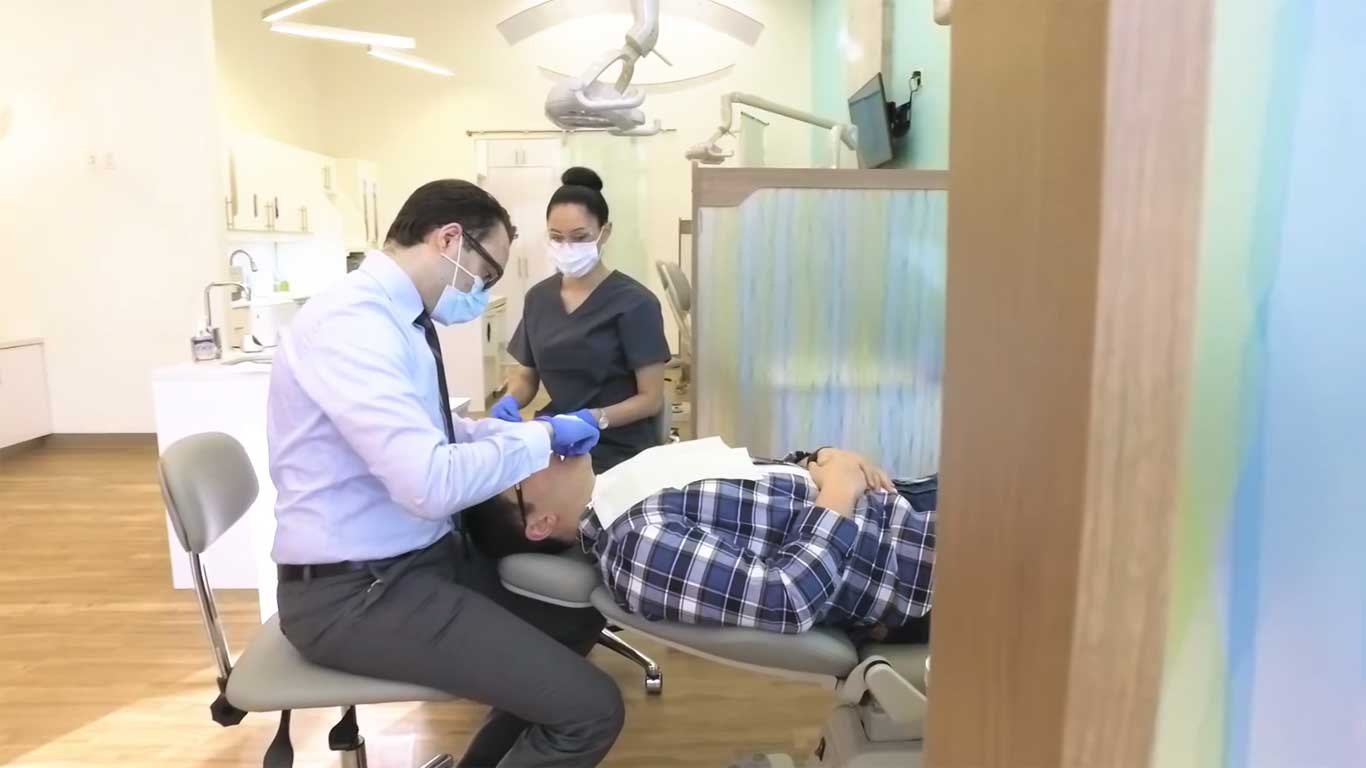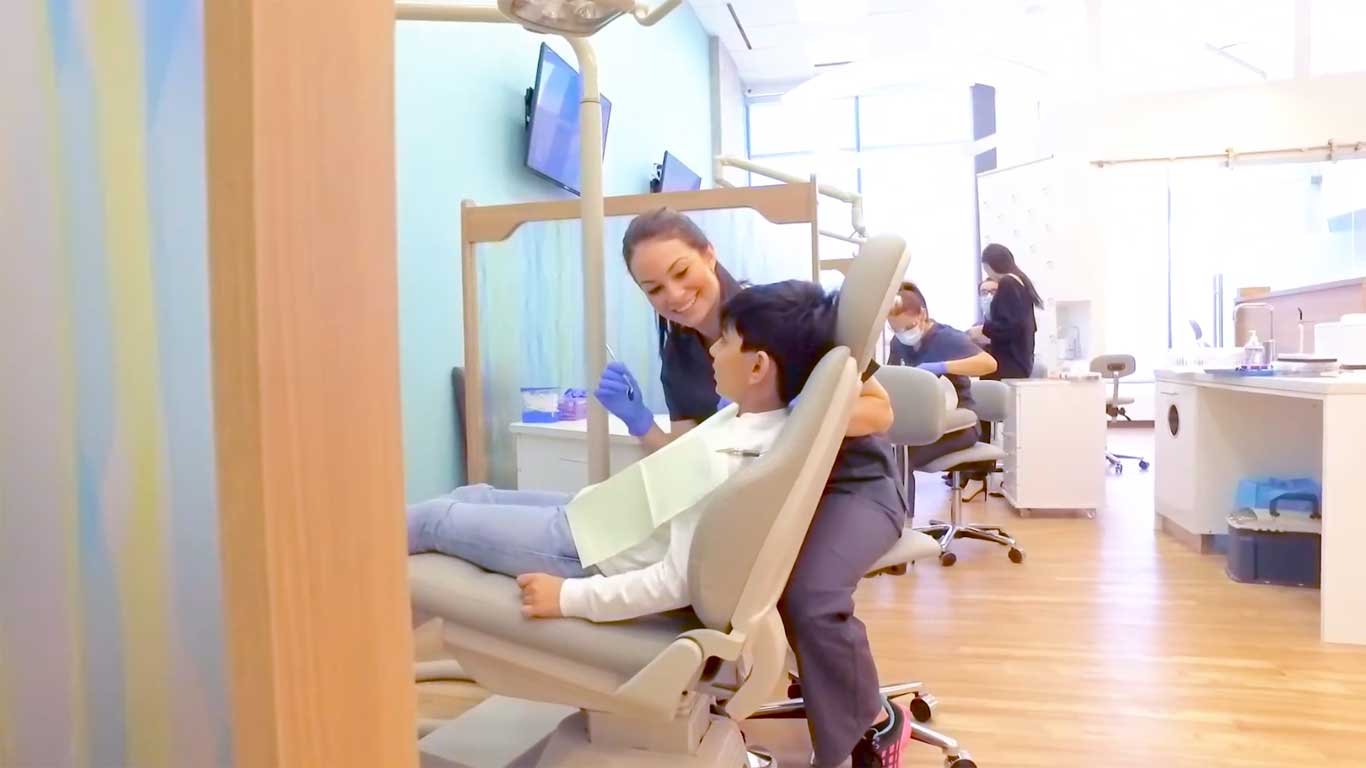Orthodontist Organization
How an Orthodontist Organization Can Shape the Future of Orthodontic Care? Through this discussion, we aim to provide a proper response to this question.
The Canadian Association of Orthodontists (CAO) was founded in 1949 to help the Canadian community benefit from the promotion of quality orthodontic treatment.
The goal of this orthodontic society is to advance the science and art of orthodontics, strive for higher standards of excellence in orthodontic practices, protect the rights of its members as certified orthodontists, and foster awareness of the benefits of orthodontic health care provided by specialists in this field.
Orthodontist Vs Dentist
So, who are the orthodontists, and what’s the difference between an orthodontist vs dentist?
Orthodontists are dental specialists who focus on diagnosing, preventing, and treating misaligned teeth and jaw irregularities. They use tools like braces and Invisalign to improve bite alignment and overall oral health.
An orthodontist vs dentist? A key difference relies in their specialization. While both are dental specialists, a dentist provides general oral care, including cleanings, fillings, and treating gum disease, whereas an orthodontist undergoes additional years of specialized training (minimum of two years) to specifically correct dental and jaw alignment issues.
Please note that only dentists who successfully pass this specialized training are allowed to use the title of “orthodontist” and obtain membership in the orthodontist organization in Canada.

The Role of Technology in Modern Orthodontics
Advancements in technology have significantly transformed the field of orthodontics, making treatments more efficient, precise, and comfortable for patients. One of the most impactful innovations in recent years is the use of 3D imaging and digital scans, which have revolutionized treatment planning and execution. At York Orthodontics, technologies like the iTero and 3Shape scanners are key tools that enhance the patient experience.
3D Imaging and Digital Scanning:
Traditional impressions, often uncomfortable and messy, are being replaced by digital scanners. The iTero and 3Shape scanners create highly accurate 3D images of a patient's teeth and gums. These digital models can be viewed instantly and used to design custom treatment plans, such as clear aligners or braces. This precision reduces the need for adjustments during treatment, resulting in a smoother and faster process for patients.
Treatment Planning with AI:
Artificial intelligence is now being integrated into treatment planning. By using algorithms and vast datasets, AI can help orthodontists predict the best course of treatment, optimize aligner design, and monitor progress in real-time. The advanced technology used by orthodontist organizations ensures that orthodontists are providing the most up-to-date care available.
Patient Comfort
Digital scans, such as those taken by the iTero and 3Shape systems, eliminate the discomfort of traditional molds. With these systems, the scanning process is quick, non-invasive, and often completed in a few minutes. This not only enhances comfort but also reduces the time spent in the office. Patients can leave their appointments with a clear understanding of their treatment plan, all while feeling at ease.
Better Communication and Transparency
With the ability to show 3D images of the teeth, patients can see exactly what their orthodontic treatment will look like and how their teeth will shift. This improves communication between the orthodontist and the patient, allowing for a more informed decision-making process.
By staying up-to-date with these technological advances, the orthodontist organization ensures that orthodontists are equipped with the best tools to provide high-quality care. These innovations not only improve the results but also enhance the overall patient experience, making orthodontic care more efficient, precise, and comfortable than ever before.
Read More: Invisalign Cost

Canadian Dental Care Plan (CDCP)
As mentioned above, one of the prime goals of the Orthodontic Community in Canada is to ensure that all citizens can benefit from advanced orthodontic health care. In line with this goal, the CDCP insurance program has been introduced to help children under 18 receive orthodontic treatment. This plan will start in 2025 and will cover only medical needs.
Let’s learn a bit more about this plan:
Applications are now open for:
- Seniors aged 65 and older
- Children under 18 years of age
- Adults with a valid federal Disability Tax Credit certificate for 2023
- All remaining eligible residents (not in one of the above groups) can apply starting in 2025.
Eligibility Requirements
- You don’t have access to dental insurance.
- You and your spouse/common-law partner must file Canadian tax returns to assess your family income for the previous year.
- Your adjusted family net income must be under $90,000.
- You must be a Canadian resident for tax purposes.
To learn more about details, please refere”Canada.Ca” website.
Read More: CDCP North York
FAQs
It’s recommended that every child see an orthodontist no later than age 7, as this is when the adult teeth are starting to come in and orthodontic issues can start to emerge. In some rare cases, a dentist may diagnose an orthodontic problem as early as age 2 or 3 and recommend a consultation with an orthodontist. Many orthodontic issues are easier to correct at younger ages, as the jaw bones are still growing. Furthermore, early intervention may prevent the need for surgery or more complex orthodontic treatment later on.
There was a time when most people believed braces were just “for kids.” Fortunately, today, due to the efforts of the orthodontic community, more people are aware that anyone, at any age, can benefit from orthodontic treatment. According to published statistics, more than one in four Canadians who received orthodontic treatment are adults over 21 years old. The basic process of shifting teeth is the same in both children and adults, making orthodontic treatment usually successful at any age. For the success of treatment, factors like healthy teeth, gums, and supporting bones are crucial. Regardless of age, orthodontic care always leads to a better, more confident life.
The time needed to correct malocclusion or misaligned teeth depends on the severity of the issue. Minor problems may take a few months to treat, while more complex issues may take several years to fully correct. Based on the evaluation of your dental condition, your orthodontist is the only one who can provide an estimated treatment time. However, please note that the final length of treatment depends on factors such as individual genetics and the level of cooperation from the patient.
